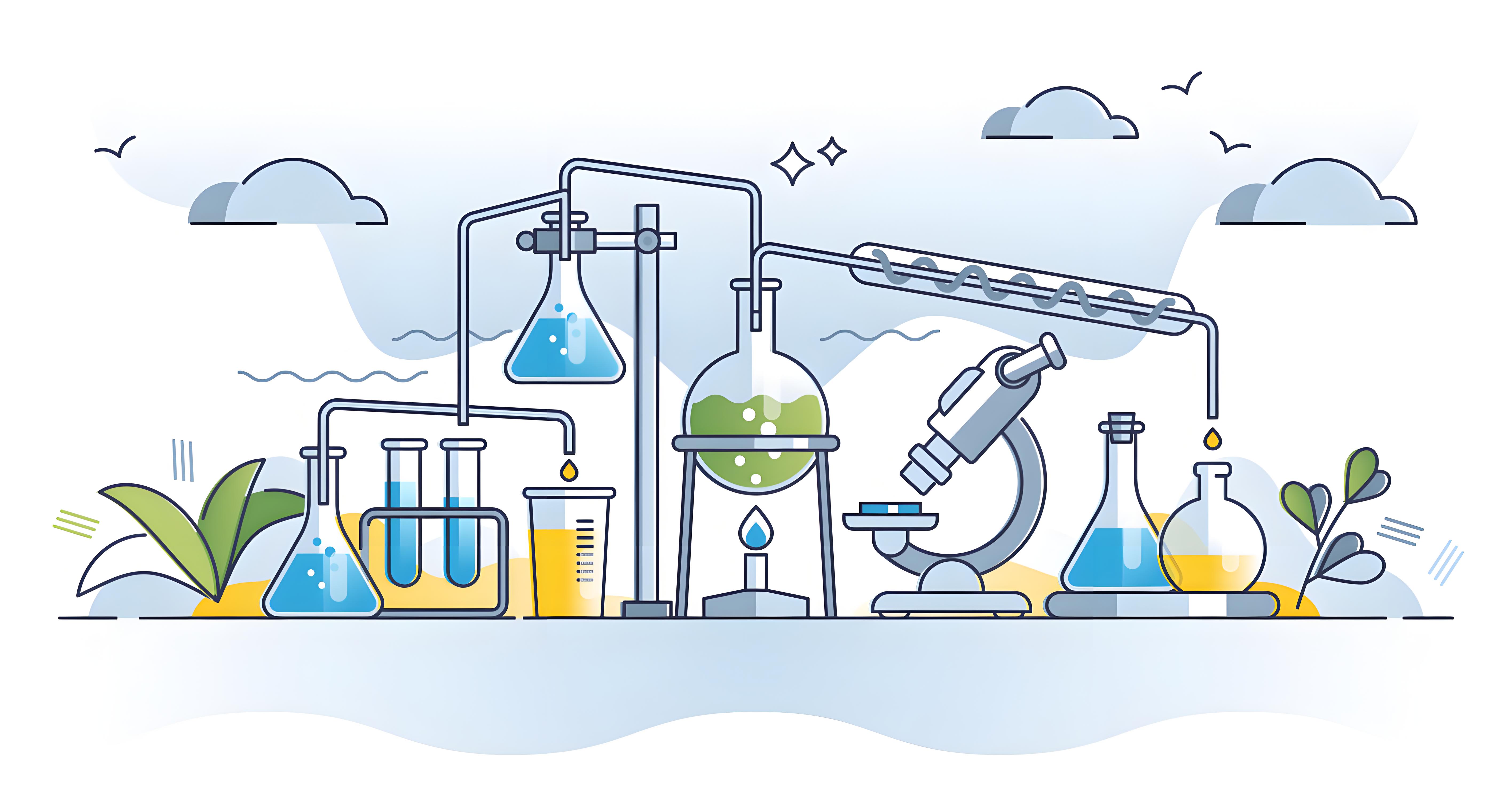
In the modern industrial system dominated by carbon-based materials, silicone is constructing a value chain that spans the periodic table of elements, with the "siloxane bond" as the link. Through reconstructing the way atoms are combined, this industry chain transforms silicon, the second most abundant element in the Earth's crust, into strategic materials that support high-end manufacturing. Its evolutionary journey reflects the deepening of human understanding of the physical world and the improvement of human control capabilities.
I. Value Creation through Element Reconstruction
The core of the silicone industry chain lies in breaking the natural existence form of silicon elements. The smelting process from quartz sand to metallurgical silicon essentially involves stripping the oxygen atoms from SiO₂. This process requires a huge amount of energy consumption (more than 12,000 kilowatt-hours of electricity are consumed per ton of silicon), but it lays the foundation for subsequent value creation. Metallurgical silicon reacts with methyl chloride to produce methyl chlorosilane monomers, among which dimethyldichlorosilane accounts for more than 80%. Its purity directly determines the performance of downstream products. The technological breakthroughs in this link mainly focus on the efficiency of catalysts and the control of reaction conditions. Through the design of nanoscale carriers and microchannel reactor technology, the maximum utilization rate of atoms can be achieved.
II. Infinite Possibilities of Molecular Design
The diversity of silicone materials stems from their unique molecular structure: the siloxane bond endows them with characteristics of high temperature resistance and anti-aging, while the side chain groups provide space for functional customization. By adjusting the degree of polymerization and crosslinking density, a series of products ranging from silicone oil to silicone rubber can be prepared. Currently, molecular design is making breakthroughs in three dimensions:
Functional Complexation: Introducing groups such as fluorine and amino groups to develop special materials with properties like oil resistance and electrical conductivity;
Intelligent Responsiveness: Temperature-sensitive and light-responsive silicone rubbers show great potential in the fields of medicine and intelligent equipment;
Bionic Structuring: Simulating the elasticity and adhesion of biological tissues to expand the application boundaries.
III. Driving Forces of Industrial Transformation
The continuous evolution of the silicone industry is driven by three forces:
Technological Innovation: Continuous production technology and digital control have reduced the product defect rate to below 0.1%;
Green Transformation: Regions rich in hydropower resources develop green silicone industries, and chemical depolymerization technology achieves a 95% recovery rate of waste silicone rubber;
Demand Upgrading: Emerging fields such as 5G chip packaging, heat dissipation of lithium batteries, and artificial organ manufacturing have given rise to high-end demands.
IV. Directions for Reconstructing Future Value
With the progress of materials science, the silicone industry chain is shifting from "quantity" expansion to "quality" leap:
Enhanced Strategic Status: Becoming a key material in fields such as semiconductors and new energy;
Accelerated Cross-industry Integration: Developing high-performance materials through compounding with graphene, carbon nanotubes, etc.;
Deepening of Circular Economy: Bio-based silane coupling agents reduce the dependence on fossil resources and establish a closed-loop ecosystem.
Conclusion
The value of the silicone industry chain lies in its "flexible" nature – it can withstand the tests of extreme environments and, through molecular design, adapt to emerging demands. The future of this industry chain is not only related to the improvement of material performance but also heralds a breakthrough in human control capabilities over the physical world. When the boundary between silicon elements and carbon-based life gradually blurs, silicone may become a "cross-border material" connecting the physical and biological, as well as the real and virtual worlds, and reshape the form of industrial civilization in a broader dimension.
High Temperature Resistance Silicone Rubber
